#silent movies
Text
Buster Keaton
Coney Island - 1917
#buster keaton#1930s#1910s#1920s#1920s hollywood#silent film#silent comedy#silent cinema#silent era#silent movies#pre code#pre code hollywood#pre code film#pre code era#pre code movies#damfino#damfinos#vintage hollywood#black and white#buster edit#old hollywood#slapstick#coney island#1917
91 notes
·
View notes
Photo

Lillian Gish as “Letty” in The Wind, 1927
#lillian gish#1920s#classic movies#old hollywood#silent film#1920s fashion#vintage fashion#vintage#silent era#silent movies#golden age of hollywood#the wind 1927#black and white#photography
45 notes
·
View notes
Text
Cosplay the Classics: Natacha Rambova
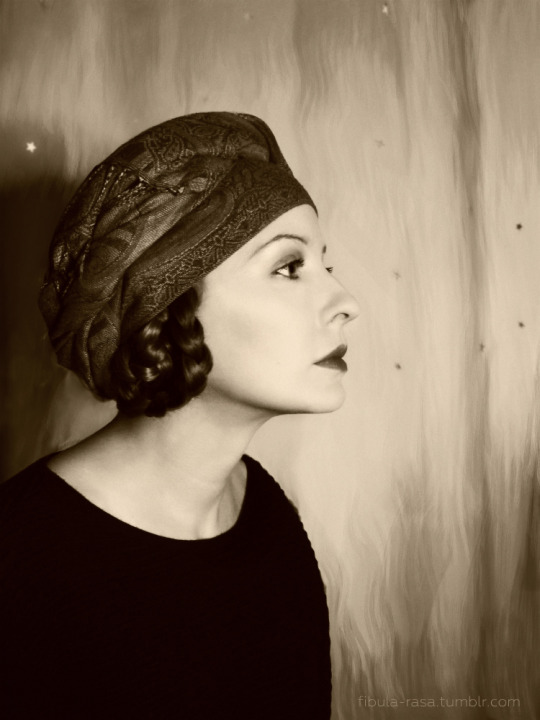
My closet cosplay of Natacha Rambova’s signature look from the 1920s
It’s unbearably common for people who have written about Natacha Rambova to emphasize that her “real” name was “Winifred Hudnut.” In reality, Rambova had about a half dozen names she went by (or could have gone by). Natacha Rambova was the name she took when she began her working life as a teenager with Theodore Kosloff’s ballet company—hence the Russophone name. And, as Rambova was a person who first and foremost lived to work, sticking with her professional name seems true to her character, Slav or not. You see, the primary reason Rambova was (and is) subjected to this passive-aggressiveness is part of a lingering effort to delegitimize her and her work. Sometimes that takes the form of calling her Winifred Hudnut and sometimes “Mrs. Valentino.” While there are valid reasons to criticize Rambova and her work, the aspersions typically lobbed at her fully miss their mark because they’re motivated by the desire to belittle a woman who knew the value of her work and her art and had the necessary privilege to fight for it.
"Natacha Rambova seems to belong most to me, the individual I think I am, but of course, I wasn’t born that way."
—“Wedded and Parted” by Ruth Waterbury, Photoplay, December 1922

Collage of portraits of Rambova from the 1920s
READ ON below the JUMP!
To begin at the beginning, Rambova was born as Winifred “Wink” Shaughnessy in Utah in 1897. Her father, who was significantly older than her mother, was found lacking as a parent and a spouse, and the Shaughnessy’s divorced when Rambova was young. Her youth was spent bouncing between her mother’s home in San Francisco, boarding school in England, and her aunt’s villa in France. Early on Rambova discovered two of the great passions of her life, ballet and mythology. The latter became an enduring fascination that guided Rambova’s varied pursuits throughout her life.
At first, her family encouraged Rambova’s interest in ballet. However, around 1914, when Rambova was 17, the shady nature of Rambova’s relationship with Kosloff was discovered by her mother, who tried to have Kosloff deported. At the time, Kosloff was supporting a wife and child back in England while keeping house with Rambova and another of his dancers, Vera Fredova (who was also legally named Winifred and also a teenager btw). Mom called off the lawsuit, and for years Kosloff, Rambova, and Fredova ran the ballet company together.
The company relocated to Los Angeles where Kosloff entered into a contract with Cecil B. DeMille. The company would provide art and costume designs for DeMille’s films and Kosloff himself would appear in the films. While Kosloff’s name is found in the credits for most of these films, it’s now widely accepted that Rambova was doing most, if not all, of the research and design work.

Theodore Kosloff in his costume from The Woman God Forgot (1917) on the left with Rambova (who does not appear in the film)
In this creatively productive period, Rambova shifted her focus away from dance toward historical research and costume and set design as her primary endeavor. For DeMille, Rambova contributed designs for The Woman God Forgot (1917), Why Change Your Wife? (1920), Something to Think About (1920), and also designed the Cinderella fantasy sequence of Forbidden Fruit (1921).
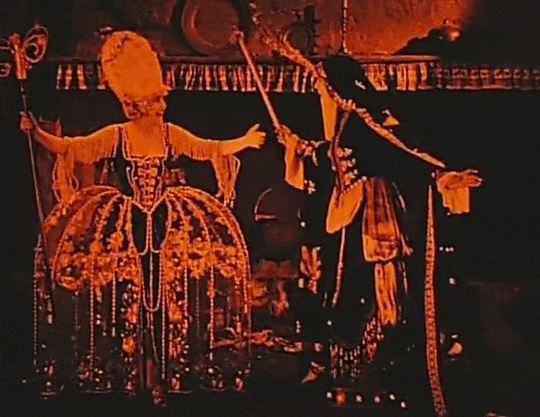
from the Cinderella sequence of Forbidden Fruit [more gifs here]
The work caught the eye of Nazimova, who was still working at Metro at the time. Once Nazimova realized that Rambova was the one doing the work, she engaged her directly to work on her now lost film Billions (1920). Rambova would receive on-screen credit for her art direction on Nazimova’s final film for Metro, the deco-bonanza Camille (1921).
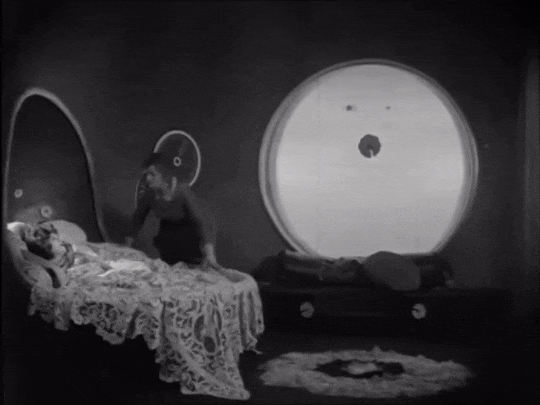
from Camille [more gifs here]
Camille features designs verging on the bizarre, using circles and half-circles as a consistent symbolic motif throughout the film. One of my personal favorite touches however, is the sequence taking place at Armand’s country cottage. Where the Paris sets are oversized and characterized by rounded edges, the cottage is excessively square and feels almost claustrophobic. At this point in the story, Marguerite is conflicted, she feels happier and freer than ever before in her love with Armand, but is also haunted by the notion that she’s dooming him given her past and her illness. The interior of the cottage feels more artificial because of its realism, almost like a doll house, in comparison to the more heavily designed Paris settings. This highlights the feeling in Marguerite that she’s just playing pretend at a happy, heteronormative fantasy.

country house setting from Camille
Influenced by the highly stylized visuals of ballet but also preoccupied with historical research and symbology, Rambova’s designs stand out from anything else produced in this period, especially in the US. The more I study her designs and think about how young she was when she created them, the more impressed I am by them. Faced with challenging assignments, Rambova balanced accuracy and perceived authenticity with her penchant for larger-than-life symbolism. On top of all that, they photograph beautifully! Being able to create interesting and appropriate costume and set designs with a demonstrated understanding of how they would register on film is a sophisticated skill set which Rambova deserves significant credit for.
When Nazimova went independent following Camille, she brought Rambova with her. The first two projects Rambova would work on for Nazimova’s company were A Doll’s House (now a lost film, which I profiled on my Lost, but Not Forgotten series) and Salomé (1922). The latter has become regarded as Nazimova’s magnum opus on film and often referred to as America’s first art film. For Salomé, Rambova translated illustrations made by Aubrey Beardsley into three-dimensional sets and costumes and character designs for film. If you’ve seen Beardsley’s illustrations and you’ve seen the film, you know this was no simple task and that Rambova did a phenomenal job of re-working the illustrations into wearable costumes and weaving elements of Beardsley’s illustrations into the set design.
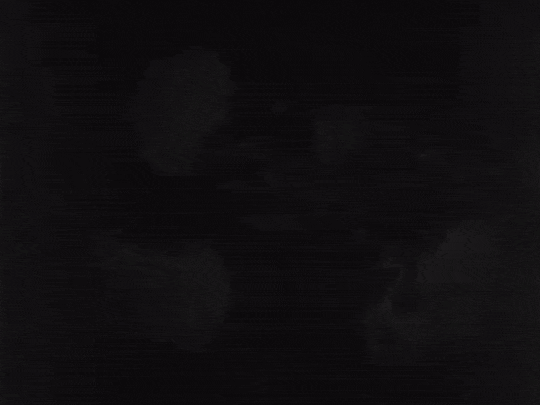
from Salomé [more gifs here]
Taking a second to emphasize Rambova’s range, her work on Why Change Your Wife?, Something to Think About, and A Doll’s House (which we can only judge by surviving stills) are contemporary settings with more realistic, grounded set and costume designs. Rambova executes the designs for these films with just as much skill, although as she admitted herself, with less gusto because they didn’t scratch the historical-research/symbology itch.

production still from A Doll’s House
It was in this same period of creative growth that Rambova split from Kosloff (and he shot her in the leg on the way out) and she started seeing her future husband, Rudolph Valentino. Valentino, however, was still legally married to another woman. This would lead to significant trouble for the couple in the first few years of their relationship.
Perhaps too much time has been spent picking apart the nature of the Valentino-Rambova pairing—most of it spent trying to characterize her as a Svengali type and Valentino as too immature or unintelligent to have any opinions of his own. Now, having read most of what Rambova has written about Valentino, both before and after their divorce, she often takes a paternalistic attitude toward Valentino, but one tempered by real affection. And, given how close Valentino became with her family (and remained close after the divorce, even leaving a significant part of his estate to her aunt), to doubt the legitimacy of their partnership feels willfully disingenuous. Valentino shared Rambova’s desires to elevate the artistic qualities of film, oftentimes beyond their means. Together they crafted the romantic idol of Valentino. Together they challenged the studios for underpaying him.
“Some producers find an unusual personality. They use up thousands of dollars to exploit it. They put that personality into a picture and the picture goes over and makes a million. Then, instead of letting the actor who does fine work go on doing it, they give him cheap material, cheap sets, cheap casts, cheap everything. The idea then is to make just as much money from that personality as possible with the least outlay.
“Isn’t it short-sighted? Isn’t it unwise? Yet they do it again and again. But they can’t keep it up forever. The fans are beginning to wake up. They refuse to take second rate products even when a big personality is exploited. They are doing the one thing that will affect the producer—when poor pictures are offered them, they are staying home.”
—from “Wedded and Parted” by Ruth Waterbury, Photoplay, December 1922
Something I mentioned in the last installment of “Lost, but Not Forgotten” was that in this period, a number of film artists in Hollywood were recognizing the true value of their work and going independent of the emergent studio system. Studio heads saw no problem in curtailing the creative freedom of their artists to further pad their overflowing wallets. For the founders of United Artists, the system was usually able to be bent in their favor, with their films getting wide releases with decent promotion budgets. For a number of other independent artists, the road was rockier as distributors and exhibitors were reluctant to offend the increasingly powerful studios. Nazimova was one of those who eventually ran out of funds to produce their own work. Valentino’s star rose precipitously after The Sheik (1921) and Blood and Sand (1922) was a massive box-office hit, but Valentino’s salary did not match that bankability. This financial dispute, complicated by negative press around his relationship with Rambova, left Valentino out of work in film for a year. In turn, Valentino and Rambova went on a dancing tour of the country, which raised her profile as a public figure while bolstering his star image despite not appearing in any new films.

Valentino and Rambova in a promotional photo for their dance tour
Unfortunately, crossing the studio system as they did resulted in a coordinated campaign to take them down a notch. Reading film magazines from the period will give you whiplash. Many of these magazines had established relationships with studios and ran news items in keeping with whatever narratives the studios wished to push. However, the stars and their managers (if they had them) had their own relationships with the magazines. So, occasionally, you’ll find items deriding Rambova as some kind of artsy-fartsy manipulative phony and then a profile piece of her or Valentino that’s sympathetic to their business woes. This is the period where the narrative emerges of Rambova as a calculating climber, using Valentino to build her own career. This talking point is often repeated today, despite the fact that Rambova had already been working on big productions for DeMille and Nazimova for years before meeting Valentino. While Rambova was certainly a key figure in developing Valentino’s star image, the plain facts make it apparent that they were working as a team—hardly abnormal. Unfortunately, neither member of said team had much in the way of business sense.
As I mentioned earlier, Rambova fashioned her life around her work. Something I didn’t mention earlier is that she was an heiress. At this point in her life, Rambova was determined to live off her own labour and not touch her inheritance. When they were battling the studios, the couple continued to not touch Rambova’s inheritance. And, both desperate to return to filmmaking, they were subject to the studio’s will. While their split is often framed as Rambova abandoning Valentino when she was denied the ability to control his career, a slightly different scenario emerges upon closer inspection. Both Valentino and Rambova were highly dedicated to their work and their work was intertwined with their relationship, a similar dynamic to Rambova’s relationship with Kosloff and later with her second husband Álvaro de Urzáiz, with whom she restored villas. With Urzáiz, their relationship degraded when they no longer had a shared project to work on. (In this case due to the Spanish Civil War.) It’s neither sensational nor romantic, but following Valentino’s reconciliation with Hollywood, after a few films, the pair was intentionally separated creatively. (This was at least partly due to the machinations of their new business manager, George Ullman, who we now know was manipulating Valentino’s finances after litigation regarding the disposition of Valentino’s estate.)
“What I desire personally is simply to be known for the work which I have always done, and that has brought me a reputation entirely independent of my marriage.”
—“Natacha Rambova Emerges” by Edwin Schallert, Picture Play Magazine, August 1925
Rambova worked on one film independently from Valentino before their divorce, What Price Beauty? (1925), starring mutual friend (for the moment) Nita Naldi. The film is now lost and its production and release seems awfully sus, so I hope to cover that for “Lost, but Not Forgotten” soon. Regardless of the film’s success or failure, the whole endeavor soured Rambova on Hollywood.

Nita Naldi in a promotional photo from What Price Beauty?
In her book about her life with Valentino, Rambova opined:
“Hollywood—all the joys of the petty community life of ‘Main Street’ with an additional coating of gold dust thrown in for good measure!… it is merely an imitation gilded hell of a make-believe realm. Nothing but sham—sham—and more sham.
“Hollywood—one continuous struggle of nobodies to become somebodies, all pretending to be what they are not.”
Through their divorce and Valentino’s untimely death the year following, Rambova never stopped working. Rambova operated boutiques selling her original designs in New York and then in France. Around this same time Rambova also got more deeply involved in spiritualism. In an odd move, she published Rudy with the final third of the book “dictated” by Valentino’s spirit. I won’t say that I don’t find that pretty distasteful, but having read the book, it reveals two key things: Rambova’s genuine affection for Valentino, patronizing as it may be, and a sincere belief in the spiritualism movement that she and her mother had been drawn into. There have been critics who have framed the book as some sort of cash-in or vengeful act against Valentino for excluding her from his will, but the facts do not support that. Rambova, to reiterate, was an heiress who did not need to work for a living. She also states directly that it is Rambova’s spiritual leader who encouraged her to publish the book as a way to promote spiritualism. That’s not necessarily any better than the false narrative, but the truth has value (and is more interesting in this case!)
In the 1930s, Rambova relocated to Spain where she finally began using that inheritance to develop rental properties on Mallorca with her aristocrat husband. If you know anything about 20th century European history, you may know what happened next. Urzáiz joined the fascists in the Spanish Civil War, and despite her abiding fear of Communists, Rambova stuck around in Spain for as long as she could before fleeing to France. Of course, it wasn’t long before the Nazi Germany invaded France, so Rambova relocated back to the United States.
During her time abroad, Rambova’s preoccupation with symbology was reignited by a trip to Egypt. This sparked the next big passion of her life, which she would pursue for over two decades: Egyptology.

Rambova in Egypt
Rambova became a writer, researcher, and lecturer on symbolism and cosmology in Ancient Egypt (as well as spiritualism). Much of Rambova’s work was done in collaboration with Alexandre Piankoff and the French Institute for Oriental Archaeology in Cairo (IFAO). With various grants, Rambova travelled to Egypt to document important sites, via photography and illustration. Rambova also used much of her inheritance to source objects from Egypt, which she donated to museums and universities in the US. (There’s a huge discussion about that to be had, which, as an archivist myself, I am drawn to explore. But, it falls outside the purview of this blog, so it’ll have to stay a discussion for another time and place.) These collections are still accessible to researchers and the public today. Rambova continued this work until her death in the 1960s.
Without doubt there are meaningful reasons to criticise Rambova and her work. Some of her design work is appropriative at best, overtly racist at worst. She had ignorant and arrogant attitudes toward class politics bred from her uber-privileged upbringing, which occasionally bled into her work and interfered with her ability to collaborate with other artists. She definitely lacked the social skills and business sense that were very necessary for artists working in a mass-media format like film. It’s typical, but disappointing still, that so much effort has been put into demonizing Rambova for reasons that were either completely fabricated, or rooted solely in the fact that she was a woman who knew her value, but by society’s standards, didn’t know her place. All that said, maybe we are due to spend a bit more time as film enthusiasts genuinely engaging with the art Rambova created and recognizing how much of a force she was in standing up for artistry in the American film industry.
☕Appreciate my work? Buy me a coffee! ☕
Postscript: This piece was a monster, so excuse me for not diving into rumours about Rambova’s potential queerness, as it eventually fell out of the scope of the essay. But, for those in the know: my personal take is that she likely was queer, though probably not romantically entwined with Nazimova, but maybe with Fredova. I also think her marriage with Valentino was not lavender. And, even if Rambova wasn’t queer, I appreciate what a keen collaborator she was with queer colleagues and what a good friend she apparently was to queer people in her social circles and her family, despite how often her detractors would try to use accusations of lesbianism as a weapon against her. IMO if someone were of weaker character, those types of aspersions would have driven a wedge between the object and their friends and colleagues.
Bibliography/Further Reading:
Madam Valentino: The Many Lives of Natacha Rambova by Michael Morris
Rudy: An Intimate Portrait of Rudolph Valentino by His Wife Natacha Rambova
Valentino As I Knew Him by George Ullman
Picture Play Magazine, August 1925
Photoplay Magazine, December 1922
Mythological Papyri – Texts by Alexandre Piankoff & Natacha Rambova
#1920S#natacha rambova#film history#cosplay#cosplay the classics#closet cosplay#film#american film#cinema#silent cinema#classic film#classic movies#old hollywood#self portrait#silent movies#silent era#long reads#silent film#costume design#art direction#set design#nazimova#alla nazimova#classic cinema#classic hollywood#hollywood
28 notes
·
View notes
Text
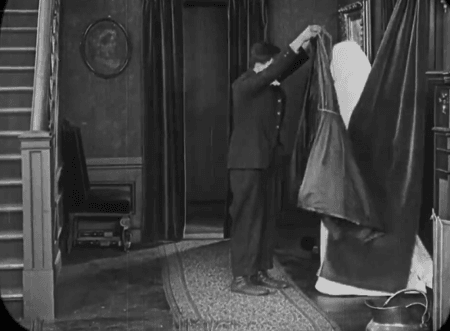
Buster Keaton - The Haunted House (1921)
#buster keaton gif#the haunted house gif#silent movies#20s comedies#ghost#20s movies#edward f. cline#1920s#1921#gif#chronoscaph gif
30K notes
·
View notes
Text
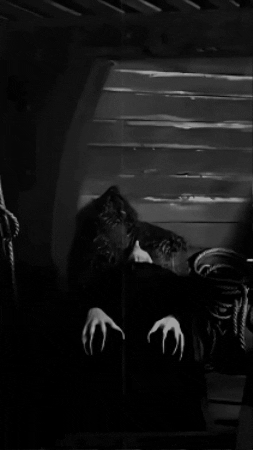
𝔑𝔬𝔰𝔣𝔢𝔯𝔞𝔱𝔲 (յգշշ) 𝔇𝔦𝔯. 𝔉. 𝔚. 𝔐𝔲𝔯𝔫𝔞𝔲
653 notes
·
View notes
Text
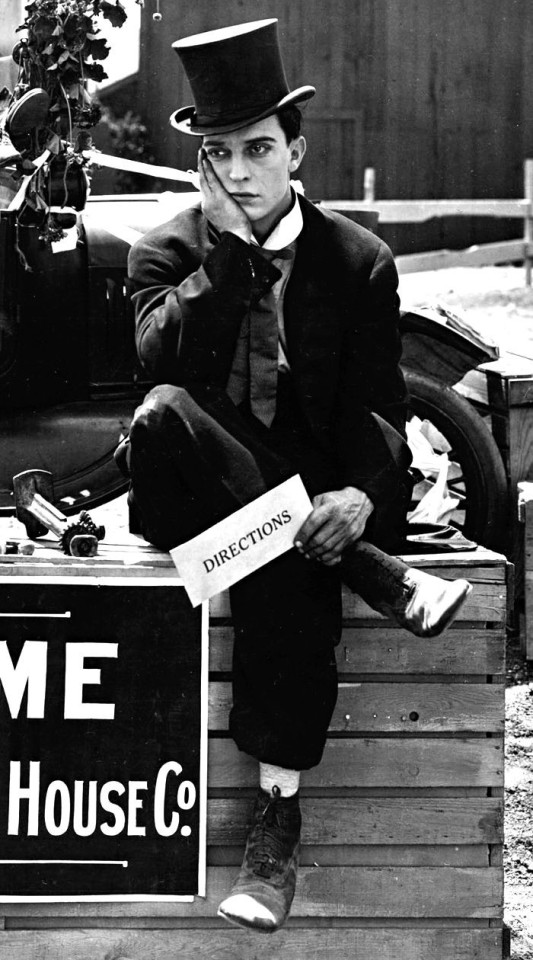
Buster Keaton
445 notes
·
View notes
Text

Lillian Cook in “The Bluebird”, 1918
#1910s fashion#fashion history#history of fashion#1910s#early 1900s#early 20th century#circa 1910#1910s style#edwardian#edwardian era#edwardian fashion#silent film#silent movies
624 notes
·
View notes
Photo

Le voyage à travers l'impossible (Georges Méliés, 1904)
#le voyage à travers l'impossible#georges méliès#gif#1904#silent film#silent movies#silent cinema#silent#french cinema#french movie#french fim
2K notes
·
View notes
Text

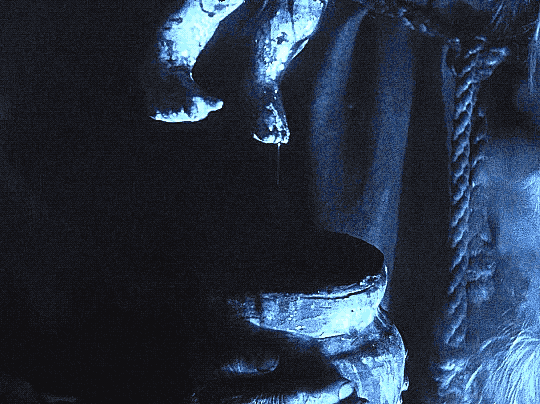

Haxan (1922)
#haxan#classic horror#witchcraft#horror movies#1920s cinema#silent film#cinematic masterpiece#historical horror#vintage cinema#creepy#cult classic#eerie#silent movies#silent cinema#horror film#ritual#occult#supernatural#gifs#gifset
391 notes
·
View notes
Text
I can remember if I’ve posted this edit on here before, but here it is again anyway. For the purposes of propaganda for Buster’s entry in @hotvintagepoll
Buster Smiles and Laughs in the Roscoe Arbuckle films
Music: When You’re Smiling by The Benny Goodman Trio
#buster keaton#roscoe arbuckle#hot vintage poll#fuck that old man#comedy#silent movies#1920s#benny goodman#smiling
365 notes
·
View notes
Text

Motion Picture Classic, May 1919.
#marguerite de la motte#1910s#motion picture classic magazine#old hollywood#old magazines#old movies#old movie stars#old hollywood glamour#classic hollywood#old hollywood actress#silent movies#silent actress#silent film#1910s dress#1910s fashion#1910s style#antique#old photo#vintage fashion#vintage style#antique fashion
433 notes
·
View notes
Text

Buster Keaton
Sherlock Jr. - 1924
#buster keaton#1930s#1910s#1920s#1920s hollywood#silent film#silent comedy#silent cinema#silent era#silent movies#pre code#pre code hollywood#pre code film#pre code era#pre code movies#damfino#damfinos#vintage hollywood#black and white#buster edit#old hollywood#slapstick
27 notes
·
View notes
Photo
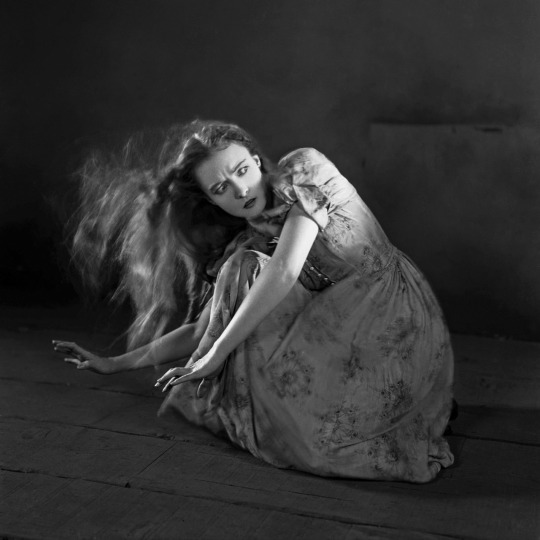
Lillian Gish as "Letty” in The Wind, 1927
#lillian gish#1920s#old hollywood#silent era#classic movies#the wind 1927#vintage#silent film#silent movies#golden age of hollywood#vintage fashion#1920s fashion#black and white#photography#photo restoration#horror
1K notes
·
View notes
Text






Salomé (1922)
[letterboxd | imdb]
Director: Charles Bryant & Nazimova
Cinematographer: Charles Van Enger
Performer: Nazimova
Art Director & Costume Designer: Natacha Rambova (inspired by Aubrey Beardsley's Salomé illustrations)
#1920s#1922#Salomé#nazimova#alla nazimova#natacha rambova#dance on film#dancing#my gifs#film gifs#american film#independent film#classic film#classic movies#film#silent film#silent movies#silent era#silent cinema#cinema#classic cinema#filmblr#queer film
24 notes
·
View notes
Text

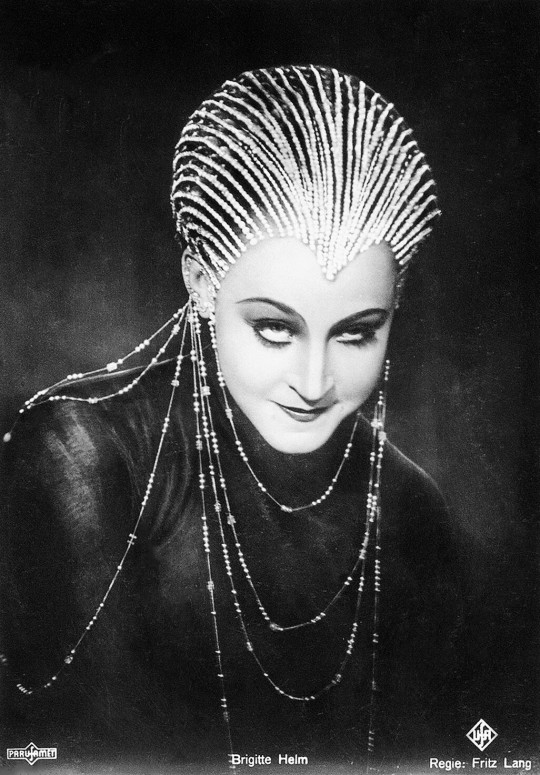
Brigitte Helm - Metropolis (1927)
2K notes
·
View notes
Text

Greta Garbo, Photographed By Ruth Harriet Louise
#greta garbo#vintage#retro#hollywood#vintage hollywood#old hollywood#old hollywod glamour#vintage actress#glamour#old cinema#1920s#1930s#silent film#silent era#silent movies#stars#movie stars#photos#classic hollywood#ruth harriet louise
681 notes
·
View notes